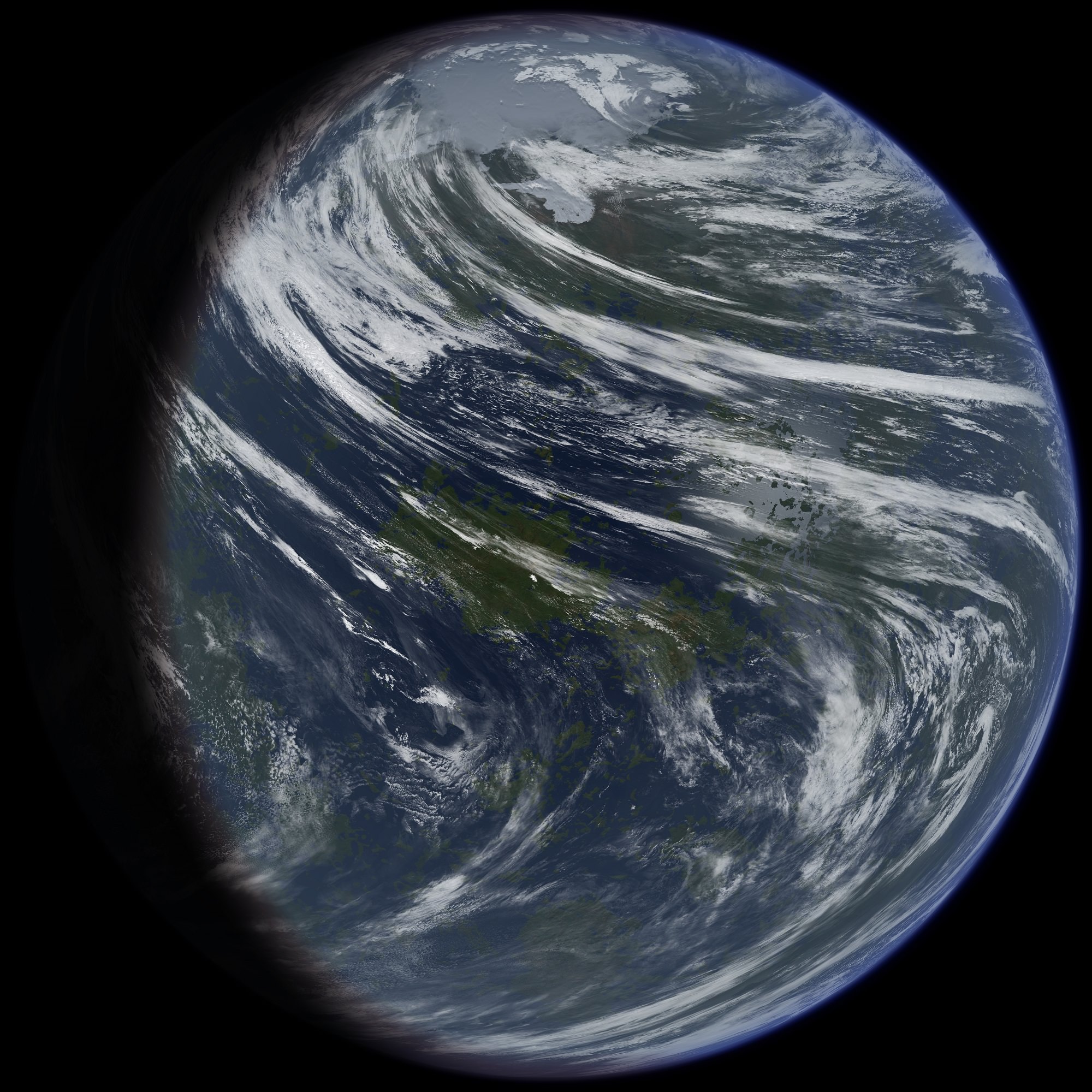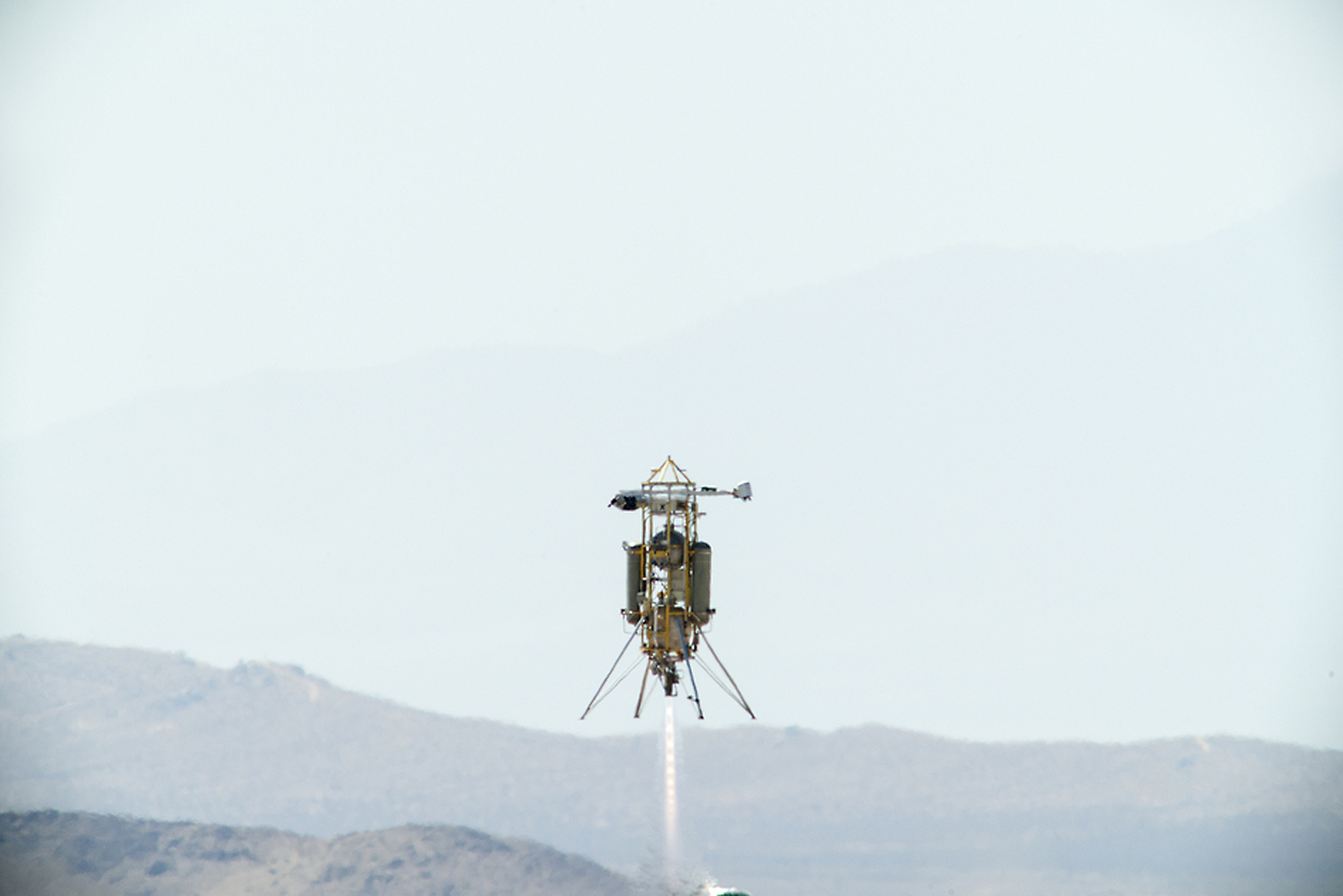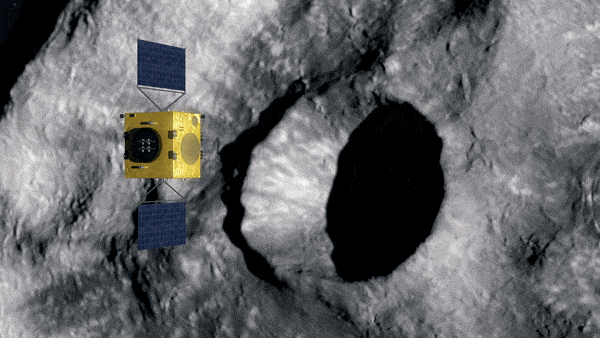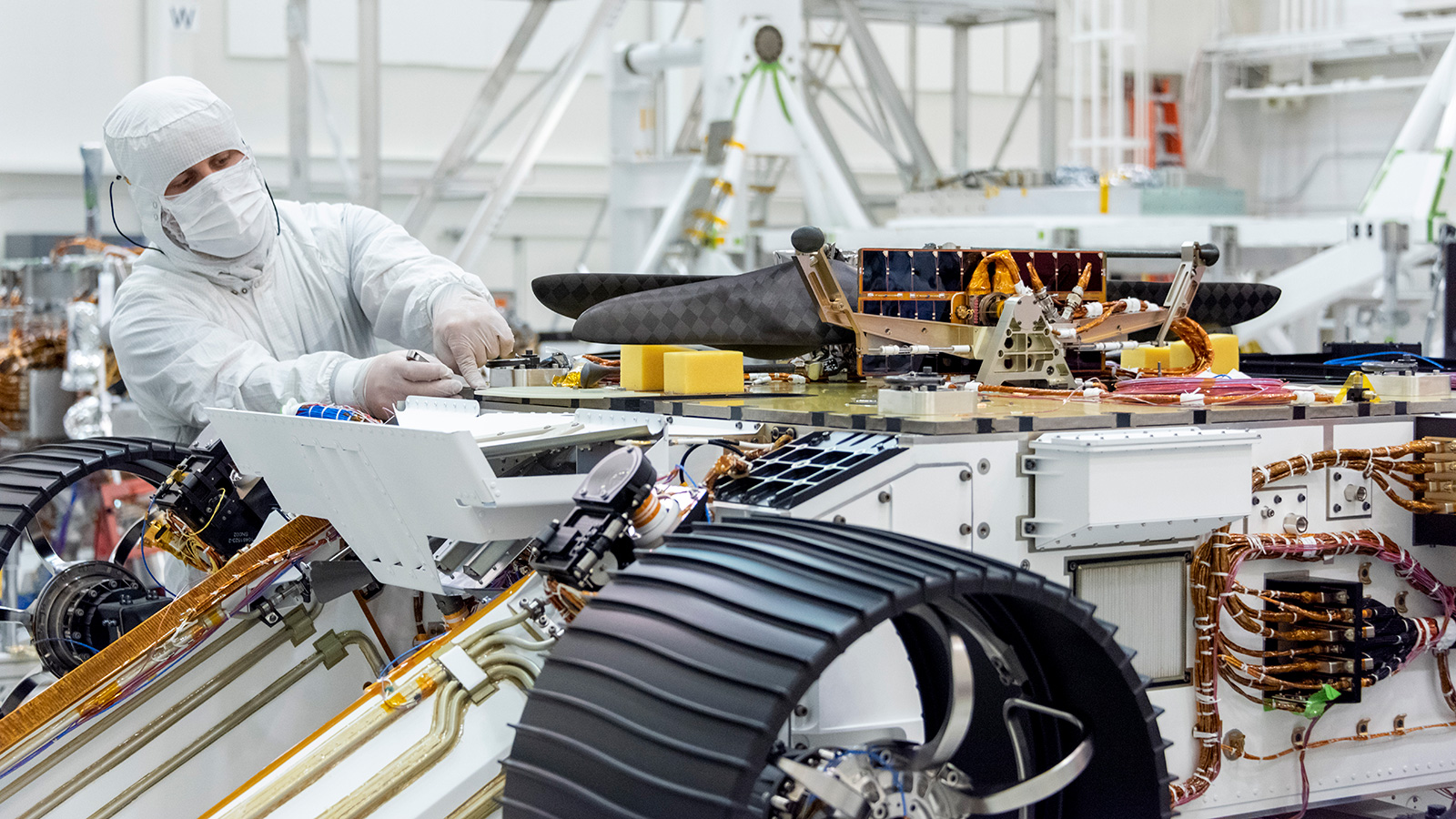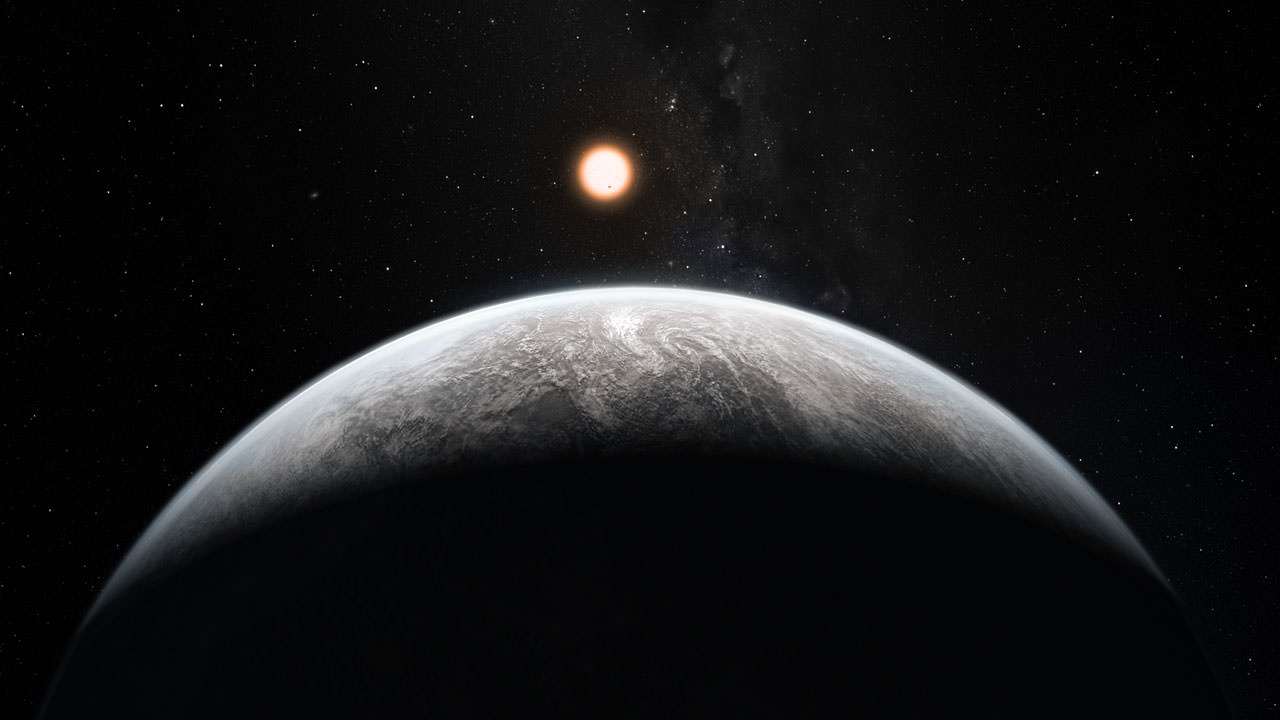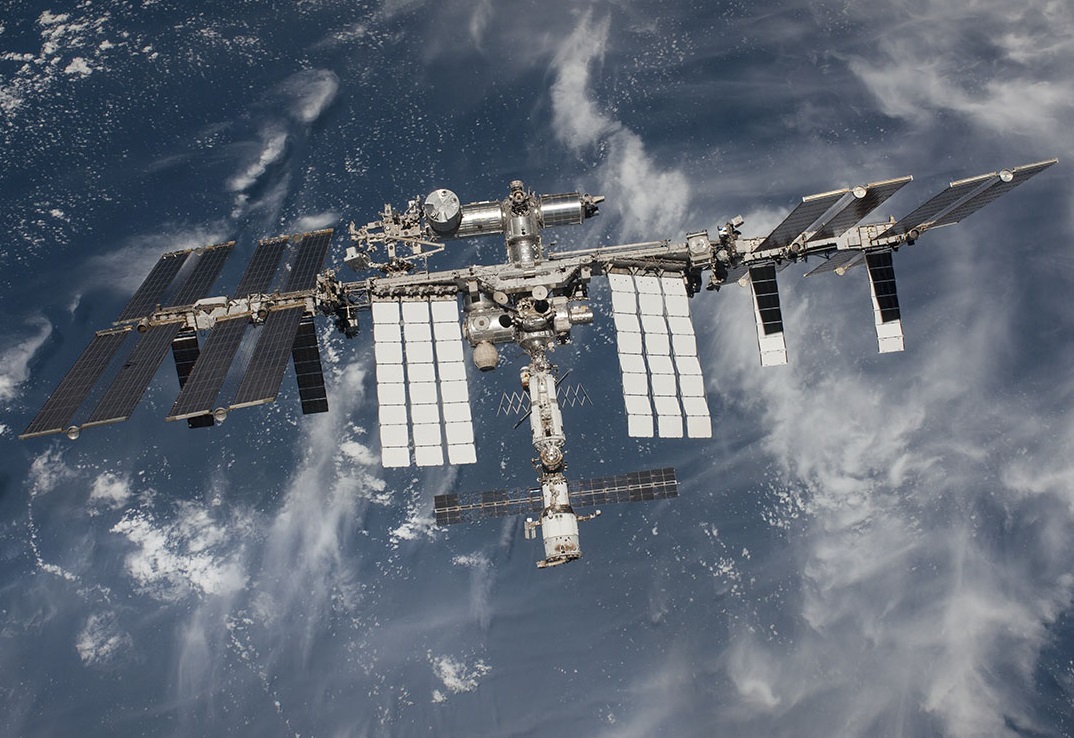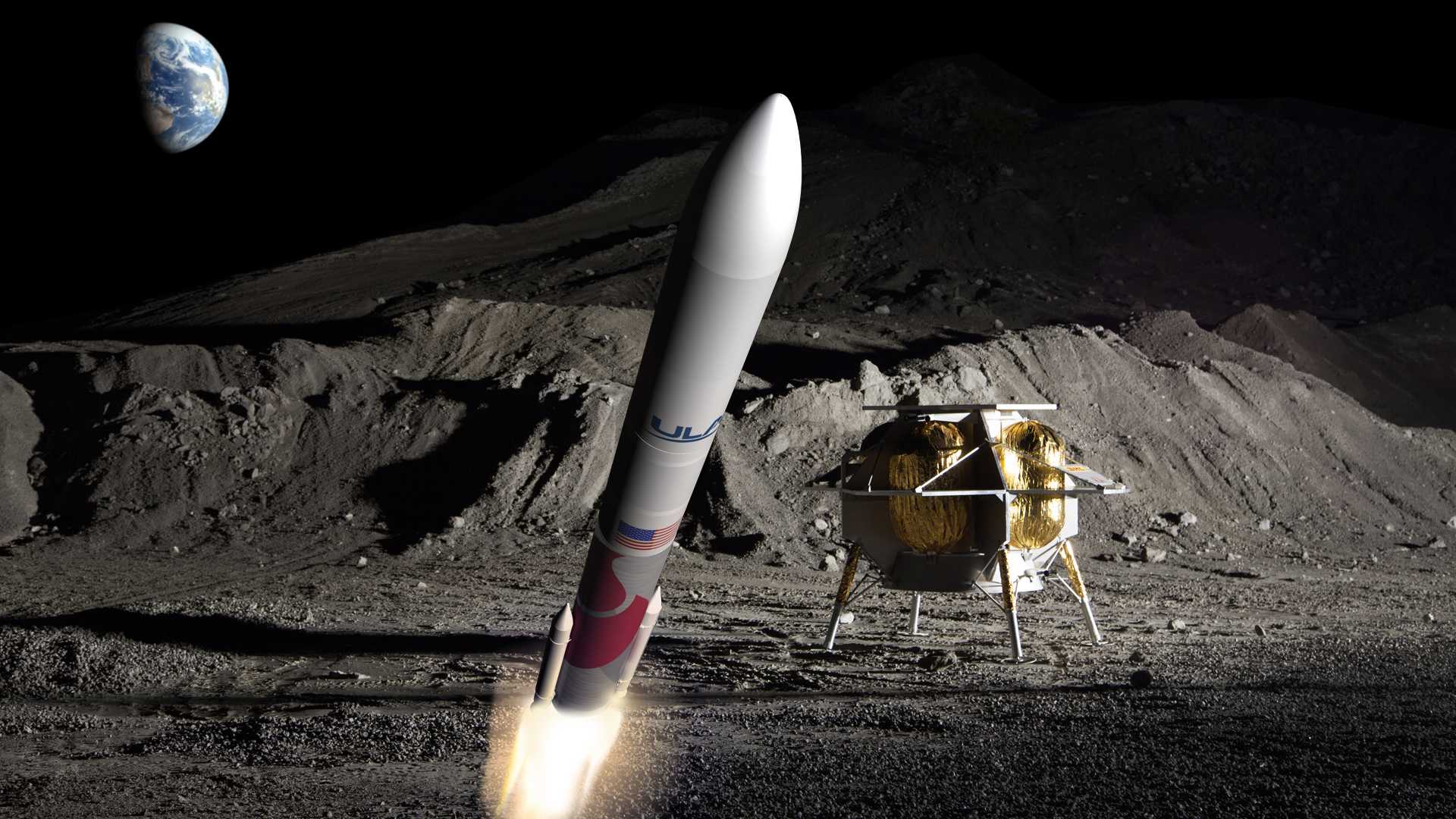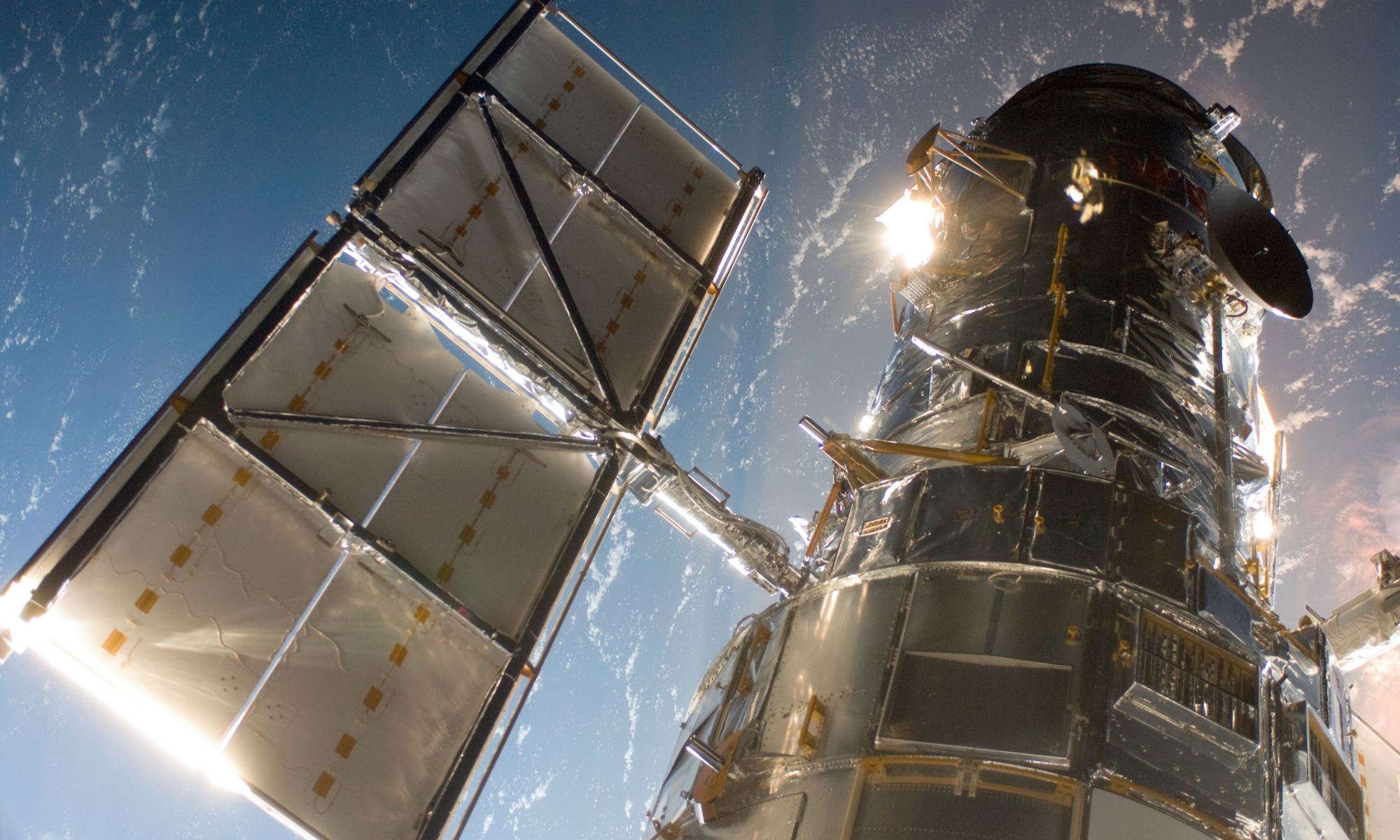In 1978, NASA’s Pioneer Venus (aka. Pioneer 12) mission reached Venus (“Earth’s Sister”) and found indications that Venus may have once had oceans on its surface. Since then, several missions have been sent to Venus and gathered data on its surface and atmosphere. From this, a picture has emerged of how Venus made the transition from being an “Earth-like” planet to the hot and hellish place it is today.
It all started about 700 million years ago when a massive resurfacing event triggered a runaway Greenhouse Effect that caused Venus’s atmosphere to become incredibly dense and hot. This means that for 2 to 3 billion years after Venus formed, the planet could have maintained a habitable environment. According to a recent study, that would have been long enough for life to have emerged on “Earth’s Sister”.
Continue reading “Venus Could Have Supported Life for Billions of Years”
